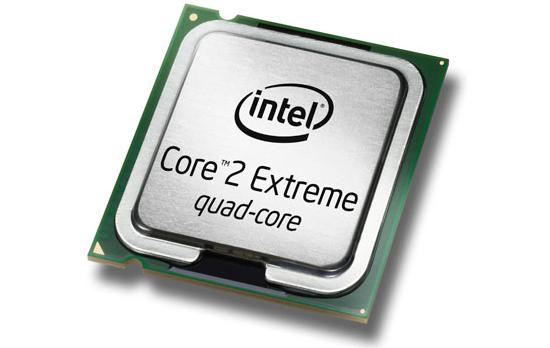Overclocking Intel's New 45nm QX9650: The Rules Have Changed
by Kris Boughton on December 19, 2007 2:00 AM EST- Posted in
- CPUs
Final Thoughts
Although we cannot possibly go over everything there is to know about overclocking, we have definitely covered a lot of ground in a relatively short amount of time. We've looked at the QX9650's real power consumption figures, noting that the values published by Intel and AMD are not meant to exactly represent typical high-load scenarios. Studying just how the processor responds to more voltage shows us why we seem to reach a rather abrupt stop on the way up when overclocking.
We've also learned how rather than pushing a CPU to the ragged edge, sometimes it is better to find that point where performance and efficiency can co-exist in a delicate balance. A good overclock is not always about maximum speed. Instead, we would like to advocate what we call the "intelligent overclock" - find that point where going higher just doesn't make any sense…then simply stop and tune from there. We have provided many of the tools for doing so in this article; now it's up to you to make it happen.

With respect to the throttling issues we discovered during testing, we will not rest in our search for answers. It is unfortunate that we were able to find concern so early in such an impressive product. To some degree, this one has us scratching our heads; if our suspicions are correct, we may be looking at some rather drastic shifts in the cooling industry. As soon as we know more, so will you. In the meantime, we have seen nothing that would discourage us from recommending the Core 2 Extreme QX9650 to anyone that wants to experience the most that overclocking has to offer.
Intel's QX9650 is just the beginning - breakthroughs happen every day and design improvements will occur. After experiencing just how good 45nm is already, we cannot help but to be excited about what lies in store for us next. Cheaper 45nm processors like the Q9450 are at the top of our list, naturally, but we also eagerly await AMD's response to Intel's latest challenge. Can AMD reach 45nm and gain some similarly startling improvements? We can only hope!










56 Comments
View All Comments
mariedeguzman - Friday, June 19, 2009 - link
Thanks for this post, this is a great article and a good help to those who need advices about this post.Markfw900 - Thursday, January 10, 2008 - link
My Gigabyte P35-DQ6 does have what you say is voffset, but is has NO vdroop from idle to load. I believe this is because it has a far superior power delivery system. I don't have an instrument to tell me any differences that may happen in nano-seconds on the voltage, but overall, it never seems to change. This would be consistant with a high quality board. So why do you say its a feature ? I can see how a mfg may undervolt to not go over recommended vcore for non-overclocked cpu's, but if I didn't overclock, my board wouldn't have vdroop either.Its just cheap motherboards, not a "feature". If I am wrong, please test a DQ6 and show the results.
LaGUNaMAN - Saturday, January 5, 2008 - link
One of the best tech articles I've read in awhile. (^^,)isvaljek - Tuesday, January 1, 2008 - link
"typically, even the worst "performance" memory can handle CAS3 when running at about DDR2-800, CAS4 to about DDR2-1075, and CAS5 for anything higher."Are they for real?
mindless1 - Monday, December 31, 2007 - link
Considering the heat produced I can't see a justification for the idea of drastic shifts in the cooling industry. Realistically there aren't THAT many overclockers using water cooling at all and current (including older) processors having lower power consumption were what brought the cooling industry to what it is today.You may say past some point the heat isn't the factor, but you still need a decent heatsink up until that point. 100W of heat for example is a non-trivial level even though some past parts have exceeded that.
mindless1 - Monday, December 31, 2007 - link
What I really meant to say is that it's not just a matter of getting rid of the heat but doing so without the system sounding like it has a leaf blower hidden inside, and for that many lesser heatsinks just don't cut it.mindless1 - Monday, December 31, 2007 - link
What I really meant to say is that it's not just a matter of getting rid of the heat but doing so without the system sounding like it has a leaf blower hidden inside and for that many lesser heatsinks just don't cut it.mindless1 - Monday, December 31, 2007 - link
What I really meant to say is that it's not just a matter of getting rid of the heat but doing so without the system sounding like it has a leaf-blower hidden inside and for that many lesser heatsinks just don't cut it.SilthDraeth - Friday, December 21, 2007 - link
And their TDP measurement is the same as it has always been, maximum draw.Yes ACP is a marketing tool. So what. MHZ is a marketing tool as well, and still has real world benefits. Same as ACP.
wordsworm - Thursday, December 20, 2007 - link
Best damned article I've seen out of AT in a long time. Bravo.